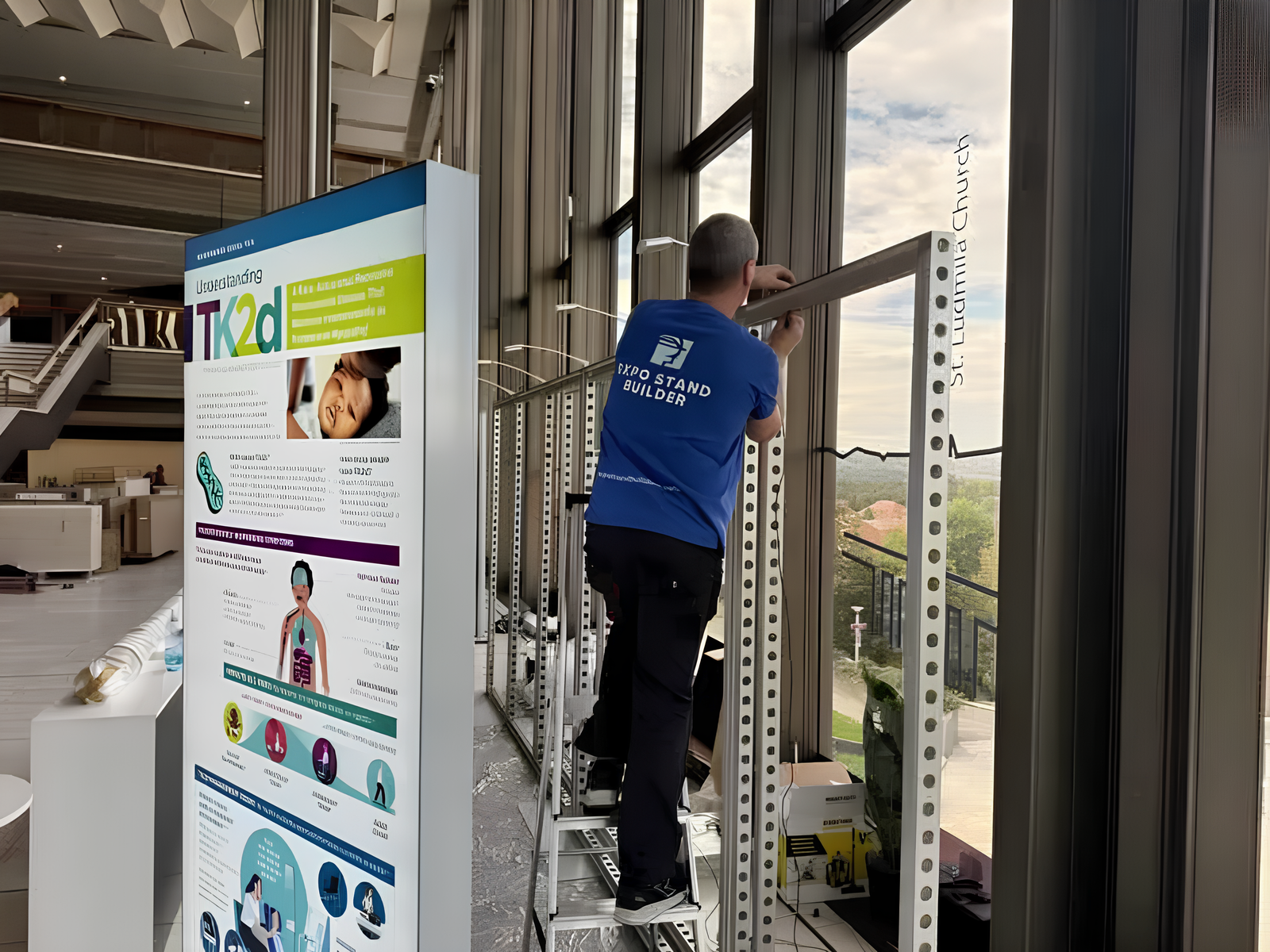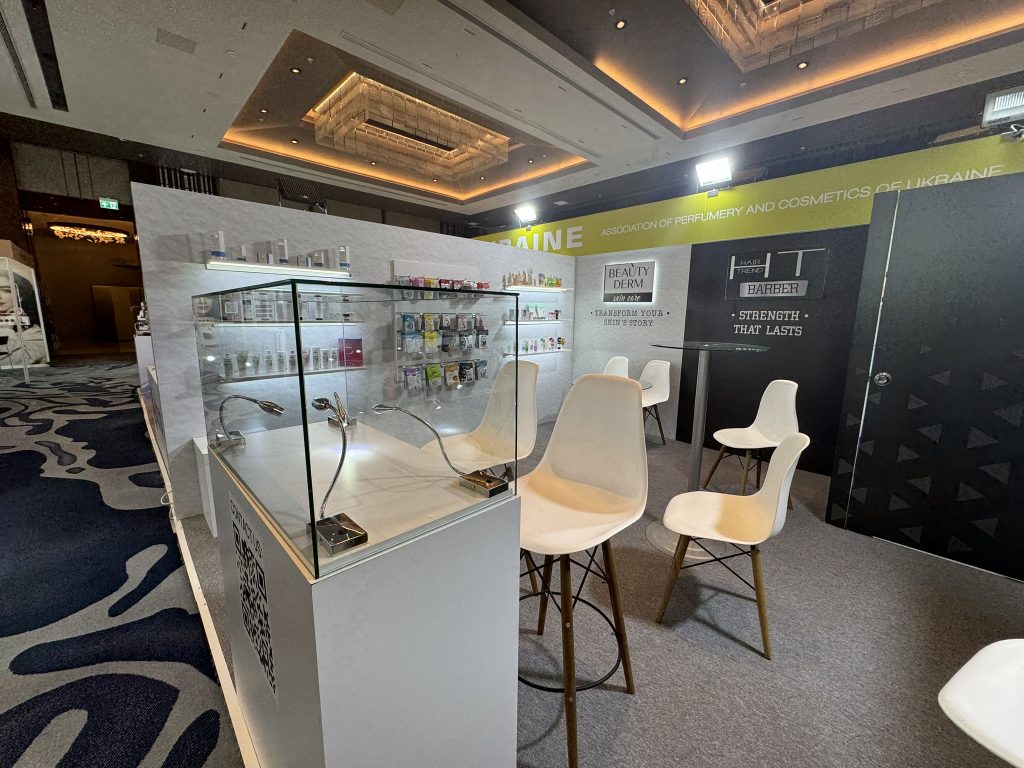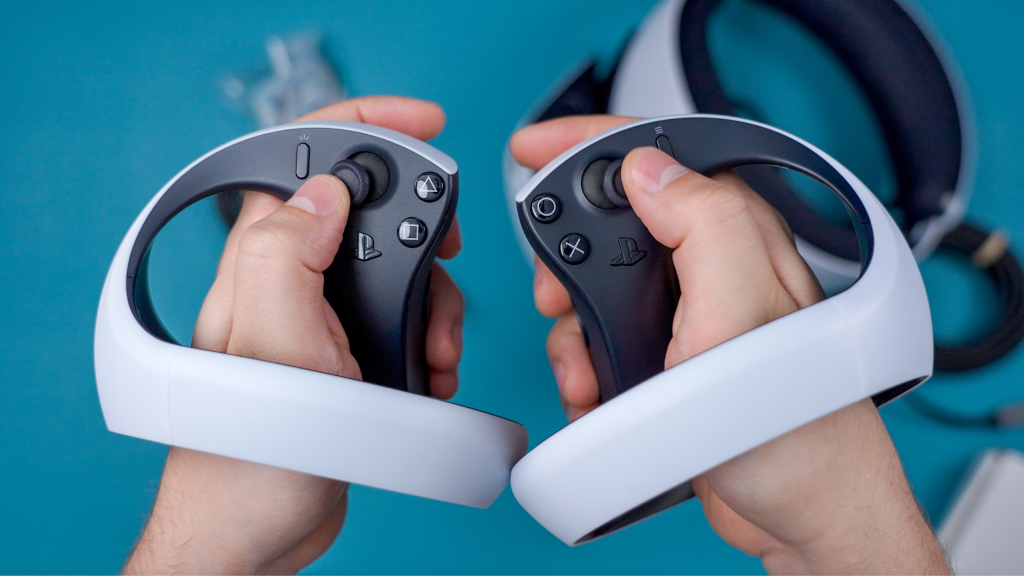From first contact right up to the final installation of your exhibition stand, the entire process can be pain-free, seamless and well-planned with proper planning. This comprehensive 30-day plan is designed to guide you through each critical phase, from creating your initial design selections, through approvals and logistics, to the successful completion and installation of your stand. Through following this structured schedule, you will avoid common pitfalls such as delays, miscommunications or unexpected expenses. Every stage is thoroughly planned to ensure that your stand not only meets your requirements but also arrives on time, ready to impress at the event. In addition, this plan has room for flexibility to accommodate any last-minute changes or special requirements you may need. With clear-cut milestones and consistent review, you can stay updated and confident along the way, so the process is stress-free and efficient. Ultimately, this structured approach ensures hassle-free delivery and installation, so you can focus on what really matters – engaging with your audience and maximizing the success of your exhibition.
Kick-Off: Your Inquiry (Day 1-3)
Day one to three is an extremely critical period when you define your participation goals, budget and timeframe. Having the goals correctly will allow you to make the best exhibition stand choice that suits your brand and marketing goals. An experienced exhibition company or trade show exhibit company will start by conducting a briefing to outline the project scope and key priorities. This is also a good moment to talk about design desires, technical specifications and logistics.
To gain expert assistance from the outset, get in touch with the experts at expostandbuilders.com – they will assist in transforming your idea into a well-planned and successful stand.
After the initial consultation is out of the way, the team starts collecting information on the show: venue, rules, build-out timelines, and any special organiser needs. This is also a good time to provide brand guidelines, visual examples, and past work (if any), which will assist designers in coordinating their vision with your corporate identity. It’s worth establishing whether you would prefer a hire or bespoke stand – both pose implications for production, transport, and storage. Stay flexible at this point: be open to your project manager’s suggestion, as they may be able to suggest more cost- or time-effective alternatives which won’t have an impact on the event.
By day three, both parties should have a shared understanding of deliverables, timelines, and responsibility. This foundation makes it simple to glide through production and design phases without complications. An orderly start avoids costly changes or misunderstandings later on – and gets your stand up and running on the right path from the get-go.
Sketch to Sign-Off (Day 4-8)
Exhibition stand builders, at this stage, present you with a 3D representation of what your new stand will be like. Initial visualization typically takes less than 24 hours of the brief being received. You can go ahead and make the adjustments and comments on finer points – from zoning to branded merchandise. With fast feedback, the process becomes dynamic and adaptable.
Seasoned exhibition stand contractors ensure your vision is actualized precisely, within a reasonable budget and timeframe. Successful exhibition stand building begins with an excellent approved project that takes into consideration aesthetic properties as well as operational aspects of use.
Once the initial visual has been signed off, the design team finalizes the visualization, including any changes that have been agreed, for instance, lighting modifications, branding locations, finishes to the floor, and furniture positioning. This is typically achieved within two or three revisions, subject to the complexity of the concept and the level of communications being understood. Clear decision-making at this stage is paramount to meeting overall deadlines and avoiding production delays.
This is also the moment to secure practicalities, such as storage areas, demo areas, product shelving, and media screens. Don’t neglect logistical considerations, either: booth staff accessibility, lead capture stations, cable management, and visitor flow all impact function during the show. A great booth doesn’t just look great – it performs perfectly for your team and your goals.
By Day 8, final approval of the design, both graphic material and structural items, and any other specifications, such as electrical wiring or audio-visual requirements, is anticipated. The project moves at this stage from the design to the technical drawing and production planning phase, with all teams on board and ready to execute.
Build & Brand (Day 9-21)

As soon as approved, engineering work starts and all technical requirements are established. Exhibition stand design goes into the execution stage: structure fabrication and graphic product production start simultaneously. Concurrent processes save time and allow precise adherence to deadlines.
Each process is monitored by a professional trade show booth builder to ensure future show stands are durable, safe, and visually pleasing.
At this stage:
- All materials are checked for compliance to technical specifications.
- Structure elements (frame, walls, podiums) are manufactured.
- Brand logos are printed and laminated.
- Quality check of each part is done.
- Parts are shipped and assembled for preparation.
The key to success is transparent process control and management of each and every detail.
Ship & Assemble (Day 22-28)
During shipping, smart packaging is important, which protects all the elements of the event stands during transportation and facilitates unloading at the venue. At the same time, all documentation necessary for customs clearance and regulatory adherence is prepared.
After delivering the materials, an experienced exhibition builder schedules assembly, following the project and safety precautions strictly. A briefing for the team is required to rule out risks and speed up the installation.
Proper installation is the cornerstone of effective work at the exhibition and demonstration of quality exhibition solutions meeting the client’s and visitors’ expectations.
To ensure efficiency, many experienced teams pre-test the design elements before shipping, reducing the chance of surprises on site. Clearly labeled components and modular design principles ensure faster and more intuitive assembly. Coordination with venue management is also important at this stage – confirming access times, power availability and height restrictions prevents last-minute complications.
In parallel, AV specialists or lighting experts may arrive to install screens, projectors or special effects, ensuring seamless integration with the stand structure. By the end of this stage, the space should be fully operational, in line with the original design and ready for final checks before the event opens.
Final Check & Go-Live (Day 29-30)
On the last two days before the event, there is a thorough walk-through of the stand with the client on a checklist to ensure everything is as they desire and in line with requirements. Small faults are corrected and all components checked for use.
This includes testing of lighting, sound, AV, graphic placement, stability, arrangement of furniture and plugging in any interactive items. Any adjustments to improve accessibility, visitor movement or visibility are implemented. It is also the time to double-check for cleanliness and to ensure that all branding materials – brochures, swag, signage – are in place and presented professionally. It is routine to do a test walk-through to simulate how visitors will move through the environment so that any last-minute adjustments can be made.
It is an all-day opening support package, including operating guides, emergency contacts and, for some, on-site project manager or technical assistance. This is your call on trusted assistance in the event of unexpected technical issues or final-minute questions. A professional handover instills confidence and allows your staff to arrive prepared and confident.
Ultimately, those last 48 hours are about moving from concept to reality. With all the hard work under your belt and a polished booth in front of you, you’re ready to focus on what really matters – engaging your audience, generating leads, and making a strong impact on the event.





















